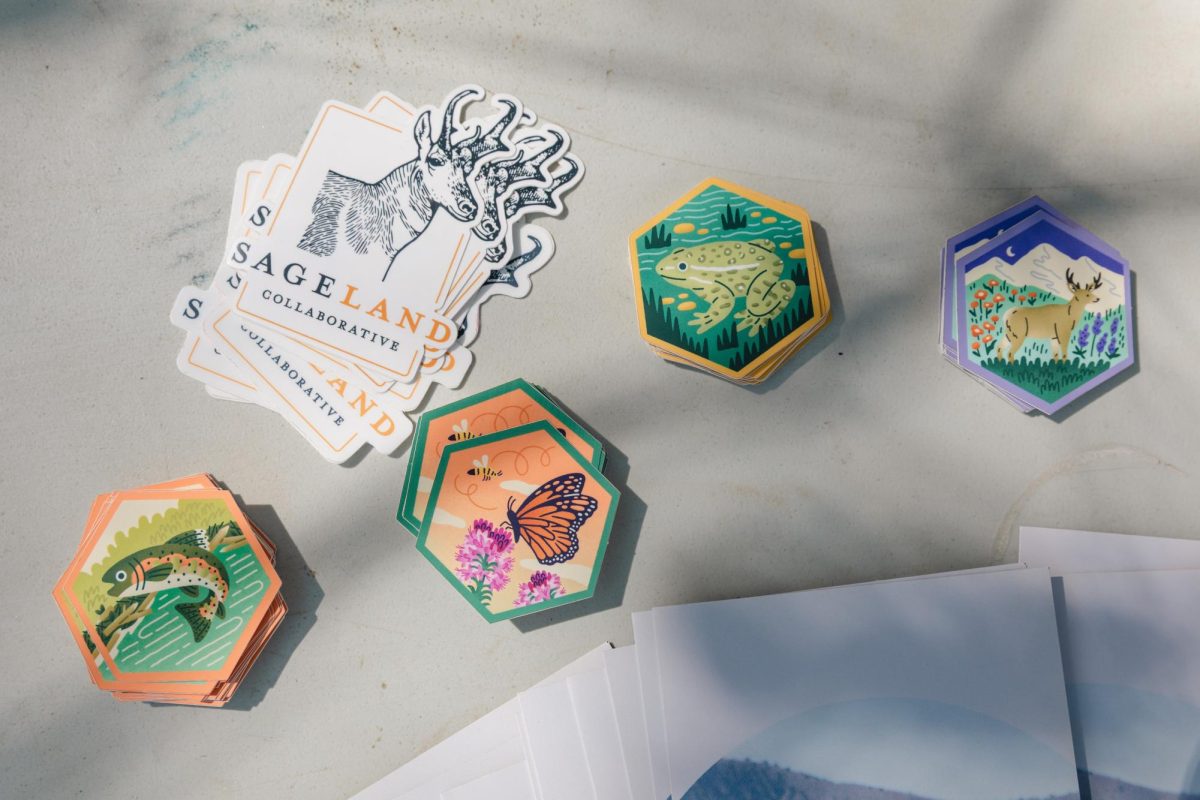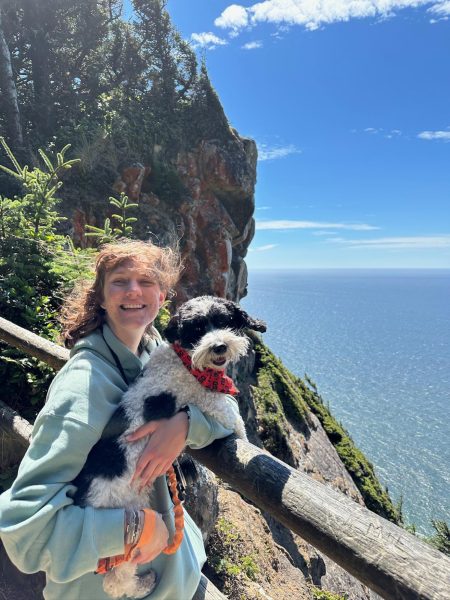Over the course of researching my “Outdoor Research” column pieces, I’ve been able to learn from a variety of researchers based on or affiliated with The University of Utah campus. The U has no shortage of these researchers, all with research opportunities for students, and focused on environmental issues and the outdoors. However, there are also similar opportunities for students outside the university.
Sageland Collaborative is a non-profit environmental organization where Dr. Austin Green, a post-doctoral researcher in the School of Biological Sciences, works as a Conservational Ecologist. Sageland loves student volunteers and has opportunities at a variety of experience levels, difficulty, and involvement. Plus, each of their projects has its own exclusive sticker that volunteers receive. These stickers are designed by local artists, with new renditions every year. Every time you join a volunteer day, you can grow your Sageland Collaborative sticker collection on your laptop, water bottle, or wherever you stick your stickers.
For any student looking for an easy entry into outdoor research, a community of nature lovers, and a chance to “collect them all,” check out Sageland Collaborative’s following community science projects:
Utah HerpSearch
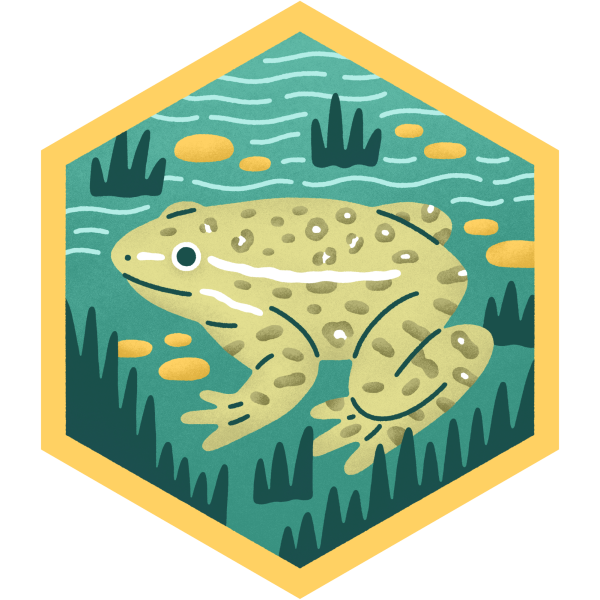
Before you ask, I am not talking about herpes, the disease. “Herps,” which comes from the discipline herpetology, is a term used in museum and scientific collections that encompasses reptiles and amphibians. Sageland Collaborative’s Utah HerpSearch project is an easy-access and fun way for people to get involved in amphibian and reptile conservation work. This project is structured as a “Choose Your Own Adventure,” with online and in-person training and an easy-to-read map of survey sites that volunteers can visit at their own leisure. Volunteers simply attend a training, download the nature survey app iNaturalist, pick a site, and start searching!
This project is an expansion of Sageland’s Boreal (Western) Toad Project, which gathers crucial data on the species. Last year, volunteers contributed 1,775 survey hours, across 146 surveys and 106 different habitat locations. Now, with ease of access and greater possibilities, Sageland Collaborative can contribute to conservation of other “herp” species of interest, such as the Columbia spotted frog.
Shorebird Survey
Of the many flora and fauna of Great Salt Lake, shorebirds are some of the most dependent on the lake’s success. Many shorebird species make incredible migrations each year along the Pacific Flyway, from as far as the southernmost tip of Argentina to as far north as the arctic tundra. Pit stops in rich wetland environments like the Great Salt Lake are critical for these birds’ endeavors. However, with the Great Salt Lake shrinking, our shorebirds could be on the decline.
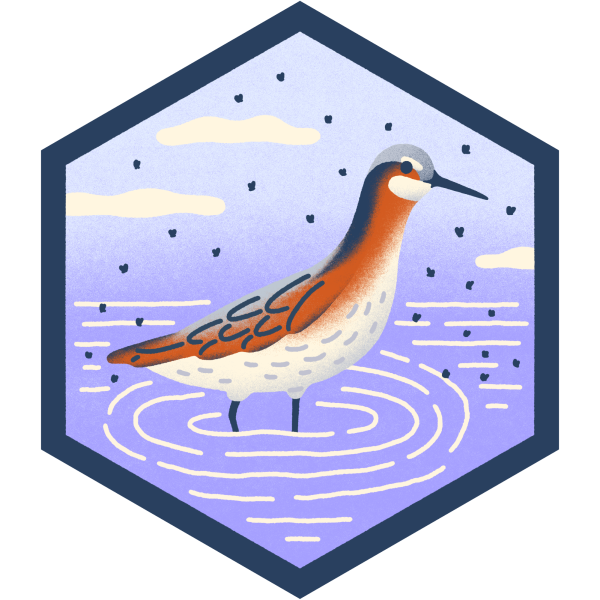
Unsurprisingly, one of the best ways to keep track of shorebird populations’ health… is to count them! Twice a year Sageland Collaborative (alongside partners at National Audubon Society, the Utah Division of Wildlife Resources, Point Blue Conservation Science, Utah Division of Forestry, Fire, and State Lands, Tracy Aviary, and the U.S. Fish & Wildlife Service) conducts a comprehensive Migratory Shorebird Survey at 70+ sites across the state with over a hundred volunteers and professional biologists. These surveys take place during peak spring and fall migration, typically in late April and early August. These efforts are a part of the region-wide Intermountain West Shorebird Survey that spans 11 states.
I was lucky enough to be able to attend this year’s fall survey day. My team hiked along Bridger Bay, and counted phalarope, avocets, and snowy plovers. We went at a pace suitable for everyone in our group, and each got a set of Sageland’s new shorebird identification cards. Even though the next survey date is not until next spring, I highly recommend people keep an eye open for the prospective dates and signups so that they can also take part in the huge collaboration and meet some cool birds.
Utah Pollinator Pursuit
Another one of Sageland’s conservation projects also utilizes the iNaturalist app and is the perfect entry point for college students who do not have much time to spare. I have referenced iNaturalist in some of my earlier outdoor research articles and continue to recommend it to everyone I know. It is user-friendly, and full of natural resources scientists eager to share their expertise. All one must do is upload a picture (or audio!) of a non-domesticated plant or animal, give it their best identification, and wait for others to confirm or contradict until it can be used as a research grade identification.
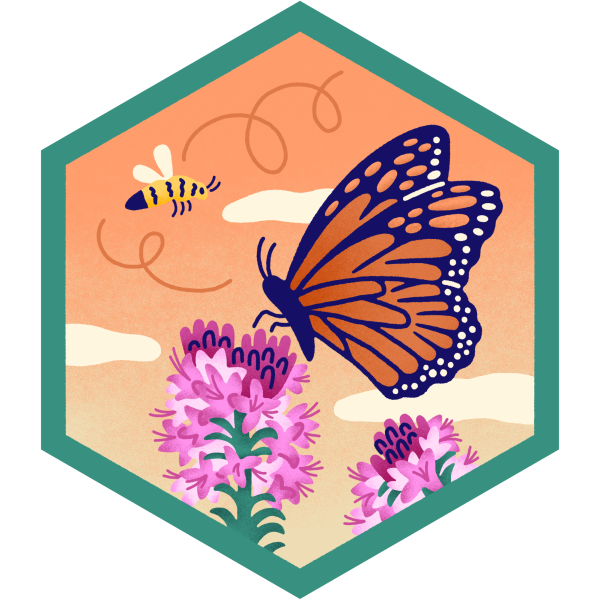
The Utah Pollinator Pursuit project collects observations of the state’s native pollinators, including monarch butterflies and bumblebees. Monarchs and bumbles are key ecosystem players due to their role in plant pollination. However, we are still working to better understand these species’ populations and distribution… and those populations are declining. To support the conservation of these pollinators, volunteers can simply upload insect observations, anytime, anywhere, whether from their walk to class or out in the mountains.
The Sageland Collaborative website walks through how to use iNaturalist and participate in the project. It is easy to understand, is flexible, and (for those who like meeting their collaborators) also has information for Bug Club, welcome to any bug lover.
Fence Restoration Program
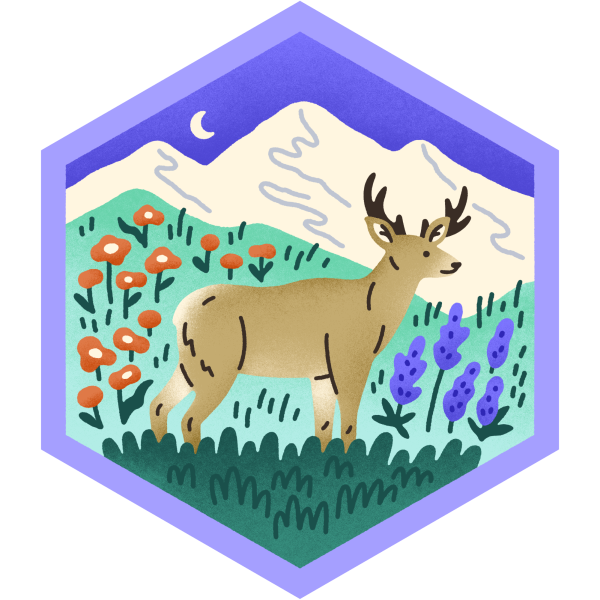
New this year is Sageland’s Fence Restoration Program. The goal of this project is to work with landowners and agencies to make their fencing structures more wildlife friendly.
Wildlife friendly fencing has a few requirements to allow most animals to safely cross, while keeping cattle and land boundaries secure. A wildlife friendly fence needs to have only three strands of wire, only the topmost which needs to be smooth wire, short enough that deer can hop over top, with enough room under the bottom wire for pronghorn antelope to dive under. Once you understand what makes a fence wildlife friendly, you start to see the ones that aren’t everywhere.
Since this project is still brand new, opportunities for volunteer involvement are not as prevalent as the other Sageland initiatives. However, the Fence Restoration Program works closely with Dr. Austin Green’s Science Research Initiative Lab and some of its students, including myself! If you’re interested in staying in the loop of potential Fence Restoration volunteer opportunities, keep an eye on the Sageland website and newsletter.
Riverscape Restoration
I have also had the opportunity to join in Sageland’s Riverscape Restoration volunteer days, which I also highly recommend. One big aspect of this program is building beaver dam analogs.
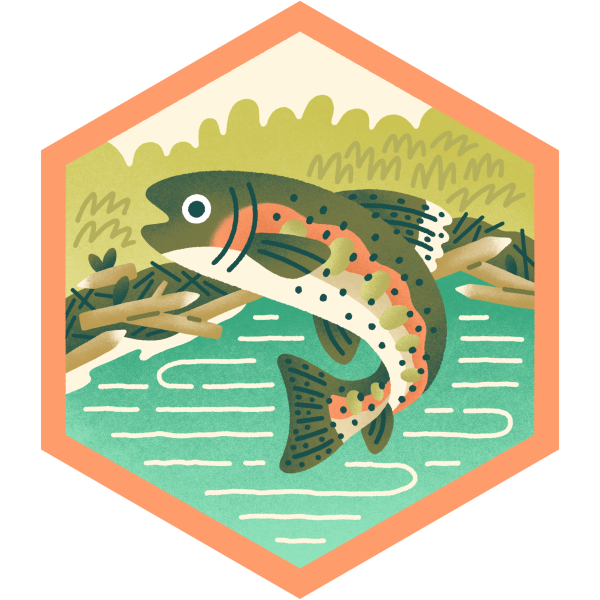
Beavers are another critical species in overall ecosystem health. Their dams help rivers better retain water upstream. This creates lush wetland areas along the riverbanks, fosters areas of high biodiversity, reduces erosion, runoff, and flooding, and keeps river temperatures cold for our native fish species. However, since the height of the fur trade, beavers and healthy wetlands have been few and far between. In the absence of beavers, Sageland Collaborative steps in with volunteers to build low-tech restoration structures (including beaver dam analogs, or “BDAs”) in degraded streams.
Volunteer restoration days happen throughout September and October and are now underway as I write this piece. Last year, over 600 BDAs were built with the help of 2064 volunteer hours (including about 4 from me!) Be sure to keep an eye out for next year’s BDA days! No experience is needed, and it is an excellent opportunity to go out into nature and make a difference.
So… collect them all!
Each of Sageland Collaborative’s conservation projects is creating real and important impacts for our local ecosystems. By taking part, you not only get to add each project to your collection and repertoire, but you are making a difference in the lives of critters that require it the most.
If you are interested in any of Sageland’s projects and volunteer opportunities, check out Sageland Collaborative’s website (sagelandcollaborative.org) for more information. You can also sign up for their newsletter, follow their Instagram, or reach out to [email protected].
This year’s project artwork was designed by Valerie Jar. Check out more of her work @goodnightpine on Instagram.


